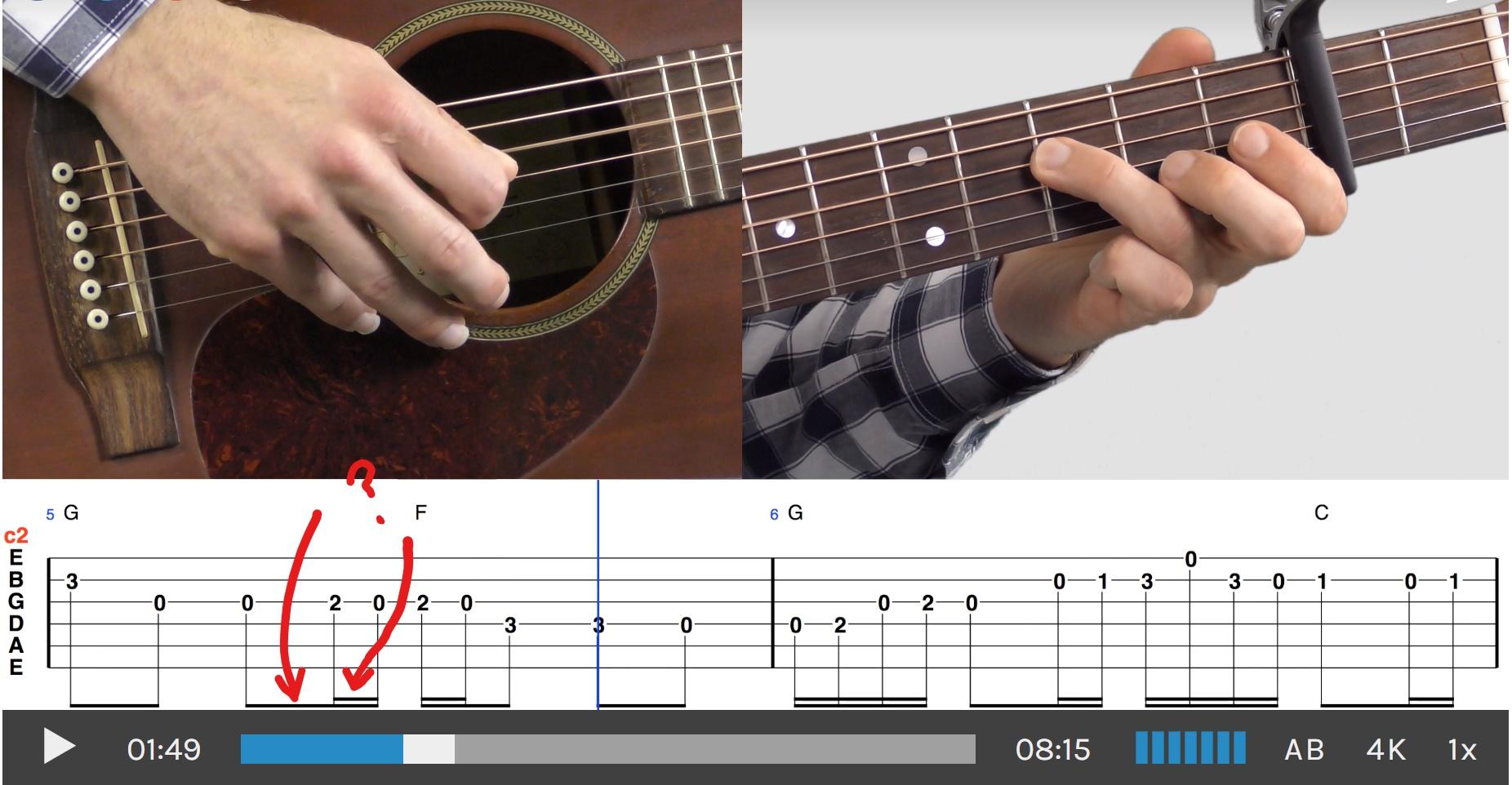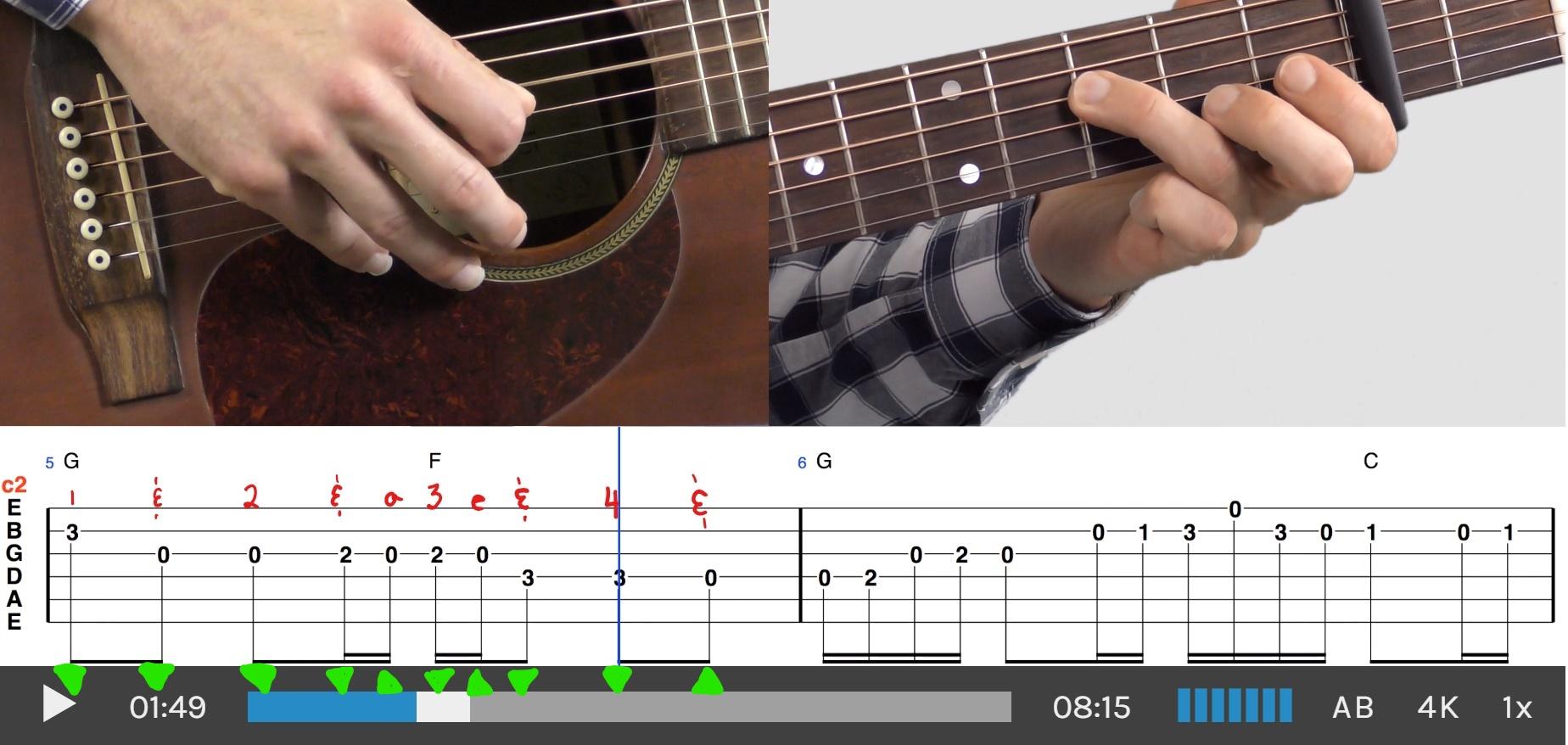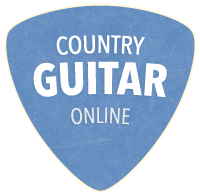Hey everyone, I am wondering what the lines connecting the notes in the tab represent. I think they represent time in some way but I can't put my finger on the specifics; e.g., what the horizontal lines mean, why there are sometimes only two or three notes in a tight grouping, etc. Can someone explain how this system works, or better yet, direct me to some appropriate literature? Thanks.

Hey Matt,
Great question. I'll try to make a video or a mini-course about foundational music theory and how to read tablature sometime soon. A few months ago, I did put together a short page on reading tablature that you can find at the top menu under Resources > Misc. Theory & Technique, and here's the direct link https://countryguitaronline.com/how-to-read-guitar-tablature/ To fully answer your question, I do need to add more detail to this page about counting and note values.
So, about the tablature screenshot you posted:
You might know most of this, but I'll start with the basics to bring everybody up to speed. The horizontal lines tell you a note's value which basically tells you how long you let each note ring out. One horizontal line connecting two notes means these are 8th notes. Two horizontal lines means these are 16th notes. The time signature of the piece of tablature you posted above is 4/4 time. At a basic level, this just tells you how to count each measure. In 4/4 time, each measure will last four quarter note beats.
You can count one measure of 4/4 time in a lot of different ways. See the three most common ways to count one measure below. Also, this is only how you count a measure of 4/4 time, and in most cases, it's not what you'll actually play on your guitar.
- Four Quarter Notes: 1, 2, 3, 4
- Eight 8th notes: 1 & 2 & 3 & 4 &
- Sixteen 16th Notes: 1 e & a, 2 e & a, 3 e & a, 4 e & a
Also, you might check out another page about time signatures that you can find at the top menu under Resources > Misc. Theory and Technique https://countryguitaronline.com/common-music-time-signatures/
It's hard to explain everything in a quick forum post, but I'll try to add a complete video explaining how to read tablature sometime soon because I get this question a lot.
Maybe someone else can fill in some more details that I left out. Post a reply if you have any other questions on this.
Thanks!
Devin
Lead Instructor at CountryGuitarOnline.com
Thanks Devin, you definitely put me on the path to understanding. So the line in the middle of the page represents the end of a bar? Below, I've written how I think the count might go in the first bar, maybe you can tell me if I am on the right track. It seems logical to me.
The only thing is that there are downstrokes on the '&' in the 8th note groupings (you can't see the direction in this view so I drew them in). Normally for 8th note strumming the '&' would be an upstroke, so it seems like the peace follows the same 16th note count throughout, the only thing that changes for the 8th note groups is that a note is skipped.
Yep, the line in the middle is the end of a bar, and the "6" right above it tells you that's the beginning of the 6th bar (measure). The counting that you wrote in there looks correct to me. I think you've got it. In some of the older lessons, I was tabbing out arrangements using the 16th notes...so the country "boom chick boom chick boom chick boom chick" strumming was on the 8th note counts "1 & 2 & 3 & 4 &"...later lessons, I switched over to tabbing things out in 8th notes just because it's easier that way..so the boom chick boom chick would then be on the quarter note counts "1 2 3 4". Either way, the notes we play on the guitar will be the exact same -- just a different way of counting it out and showing notes on the tablature. Just let me know if you have other questions..
Lead Instructor at CountryGuitarOnline.com
hey devin , i don t understand the white spot and black spot , can you do a really quick explain or giving a link where you explain it previously ? cheers , have a great day

